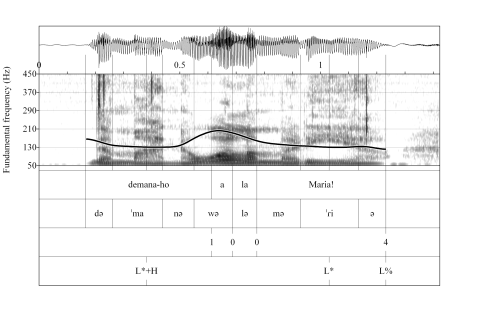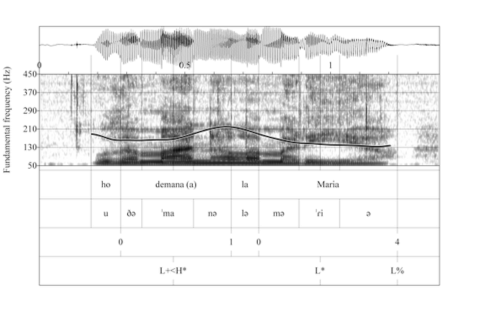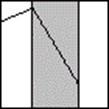L*+H

This pitch accent is realized as a low tone on the accented syllable followed by a rise on the posttonic syllable. The peak is typically realized at the end of the posttonic syllable, and sometimes later.
L+>H*

This pitch accent is phonetically realized as a rising pitch movement. Typically, the L tone is aligned with the onset of the accented syllable, and the H tone is aligned with the postaccentual syllable.
Example L*+H: Poilte request
Example L+>H*: Broad focus statement
Demana-ho a la Maria
[Ask Mary]

Ho demana a la Maria
[(S)he is asking Mary]

Explanations
These two examples are two similar sentences, but the illocutionary force is different: the first is a polite request, and the second one a broad focus statement.
In the polite request, the prenuclear accent is L*+H: there is a low plateau during the accented syllable and then the pitch starts to rise in the next syllable.
In the broad focus statement, the prenuclear accent is L+>H*: the pitch rises during the accented syllable but the peak occurs in the next syllable.
So in both pitch accents, there is a pitch rise with the peak realized in a syllable posterior to the accented one. The difference between the two types is that the pitch keeps low during the whole accented syllable in L*+H, and the rise already starts during the accented syllable in L+>H*.
Acoustically, the accented syllable is perceived as low in L*+H and as high in L+>H*, that is why in the latter the H tone is the starred one.
For more arguments in favor of the analysis of the L+>H* pitch accent, see Prieto, D’Imperio & Gili-Fivela (2005).







